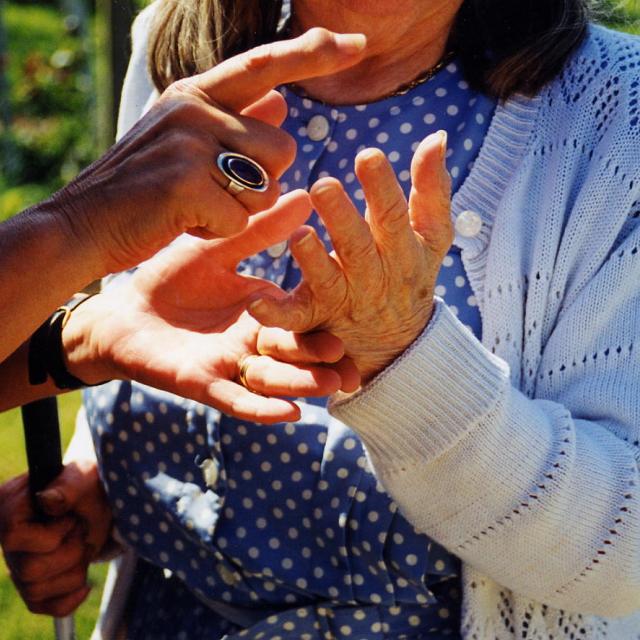Evaluation of the Inclusive Transport Strategy


Working with Sense, the national disability charity, we have conducted secondary analysis of the Family Resource Survey to estimate the prevalence of complex disabilities across the UK.
This analysis was carried out in partnership with Sense to help them to understand better how many people have complex disabilities in the UK (across the country as a whole, and in smaller geographic areas), the profile of people with complex disabilities in the UK and how this may change in the future.
Working with Sense, we developed a definition of complex disabilities available in data collected in the Family Resource Survey between 2012/13 and 2019/20. People were considered to have complex disabilities if they reported that their life was impacted by their disabilities and they had two or more of the following conditions: sight loss, hearing loss, autism or learning disabilities.
From this, we conducted weighted descriptive analysis to estimate the number of people across the UK who were experiencing complex disabilities in each year from 2012/13 to 2019/20. This was broken down by age, sex, ethnicity and region.
To generate estimates for smaller sub-groups of the population and for smaller geographic areas (Local Authorities and Parliamentary Constituencies), regression models were built which allowed us to predict the prevalence of complex disabilities amongst these sub-groups based on the demographic profiles of these groups of people.

 Press release
Press release

 Press release
Press release
Receive a regular update, sent directly to your inbox, with a summary of our current events, research, blogs and comment.
Subscribe